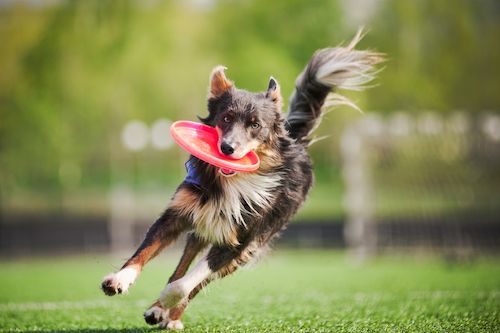Rewarding your dog using positive reinforcement techniques can be both effective and simple and can produce desired behaviors. In short, reward your dog for good behavior, and he will want to repeat it. The result will be a rewarding routine that you can easily repeat and repeat it often. When your dog is rewarded for being attentive, quiet, well-behaved or playful in an unfamiliar environment, you’ll observe that their behavior becomes habit. This is important for your dog’s safety, for the safety and security of other dogs, people and the environment.
The key is to have a reward for just the right behavior, because each dog and each circumstance will be different. Some dogs may require a higher level of incentive, so they are not simply told to be well behaved. These dogs would require a specific reward that is specific to be effective. When trying reward your dog for behavior which you don’t want to see him repeat, take note of the circumstances. In addition, your dog may be rewarded more readily for some behaviors so you’ll need to determine the reward you’ll use for each behavior. Be sure to reward often enough to continue to produce positive behaviors. For example, if your dog needs to relieve himself, reward him each time and keep rewarding him even when he’s not doing his business. He will learn that relieving himself is a good behavior and it’s a reward. When he gets the hang of it, try rewarding him after each action (after he finishes eating, after he cleans up after a play date at the park, after he takes his medication).
The reward you use should match the specific behavior. For example, if your dog is biting and biting you, you may reward him each time he stops biting, but not for biting a bunch of time. You may reward him after he stops. If your dog is jumping on visitors, you may reward him each time he stops jumping, but not for jumping frequently. You won’t want to reward wildly, because that’s an attention seeking behavior and may result in bad results. It’s important to keep the rewards small each time you reward – usually, only a small amount of the food treat, but always rewarding them!
If you need to intervene with a reward in the middle of a reward, do so if it’s for the dog’s safety. For example, if your dog is jumping at visitors, and you need to intervene with food, just give a small reward. Do this once in the middle of a behavior and then stop rewarding. This is especially important if your dog is jumping or barking excessively and you need to stop a big fuss. It’s important to only reward the dog after he is certain that he gets the behavior that he asked for, but not when he got it.
If you’re having difficulty, you may need to go deeper. You may find that your puppy has an anxiety disorder or is in distress, and will need more professional help. You may need to see your vet for a physical checkup. The vet might suggest, or you can consult with your animal behaviorist, to see if medication is necessary.






